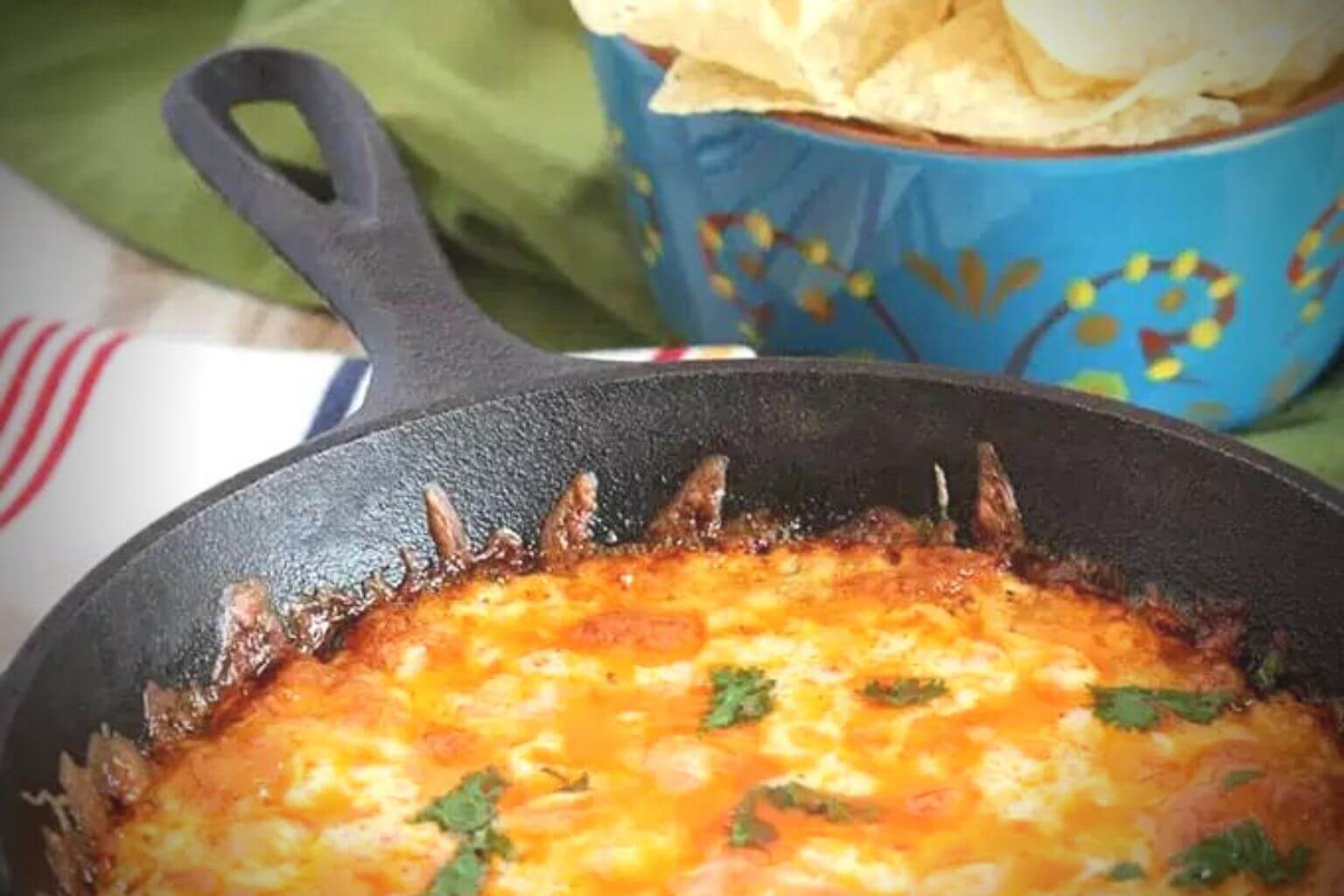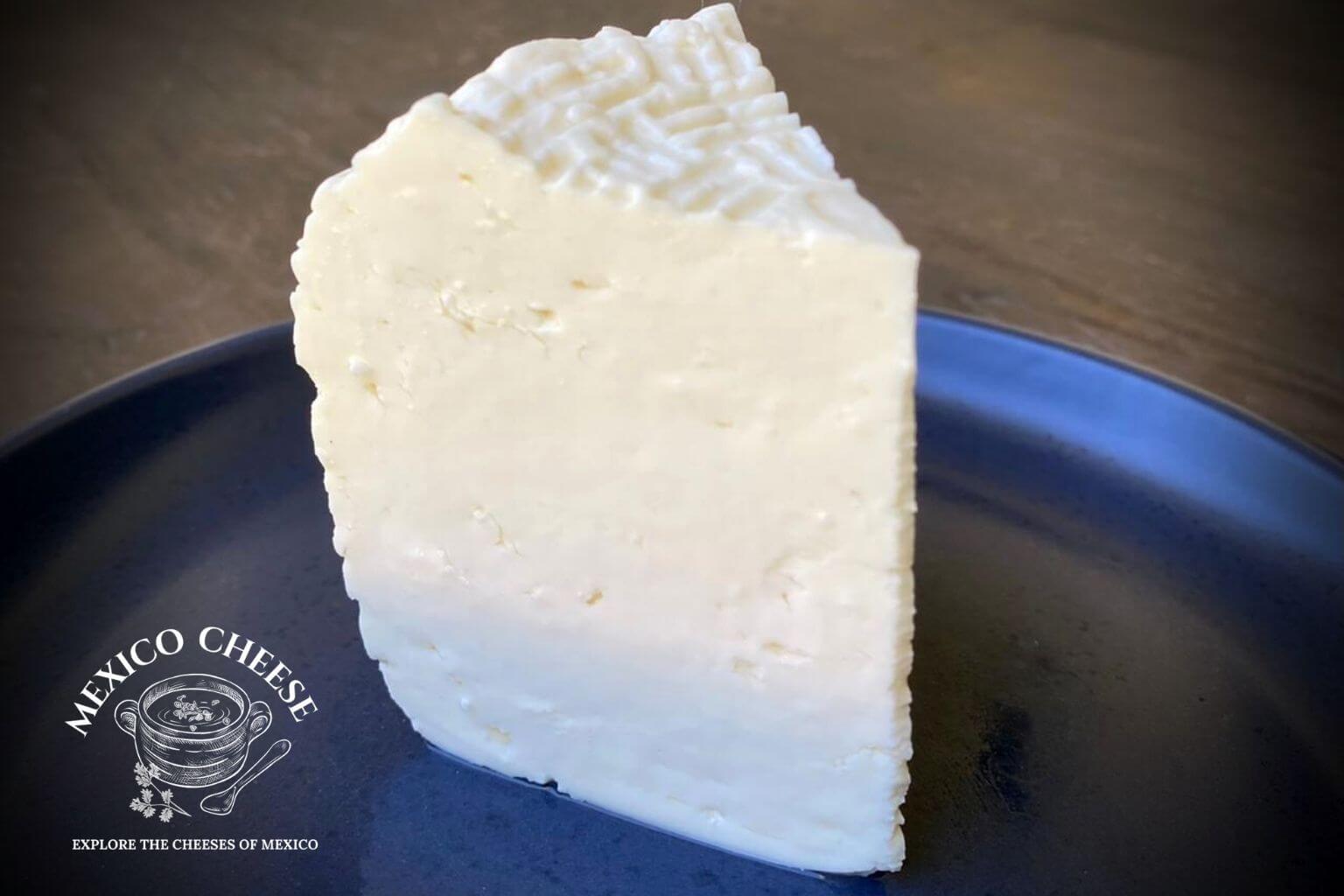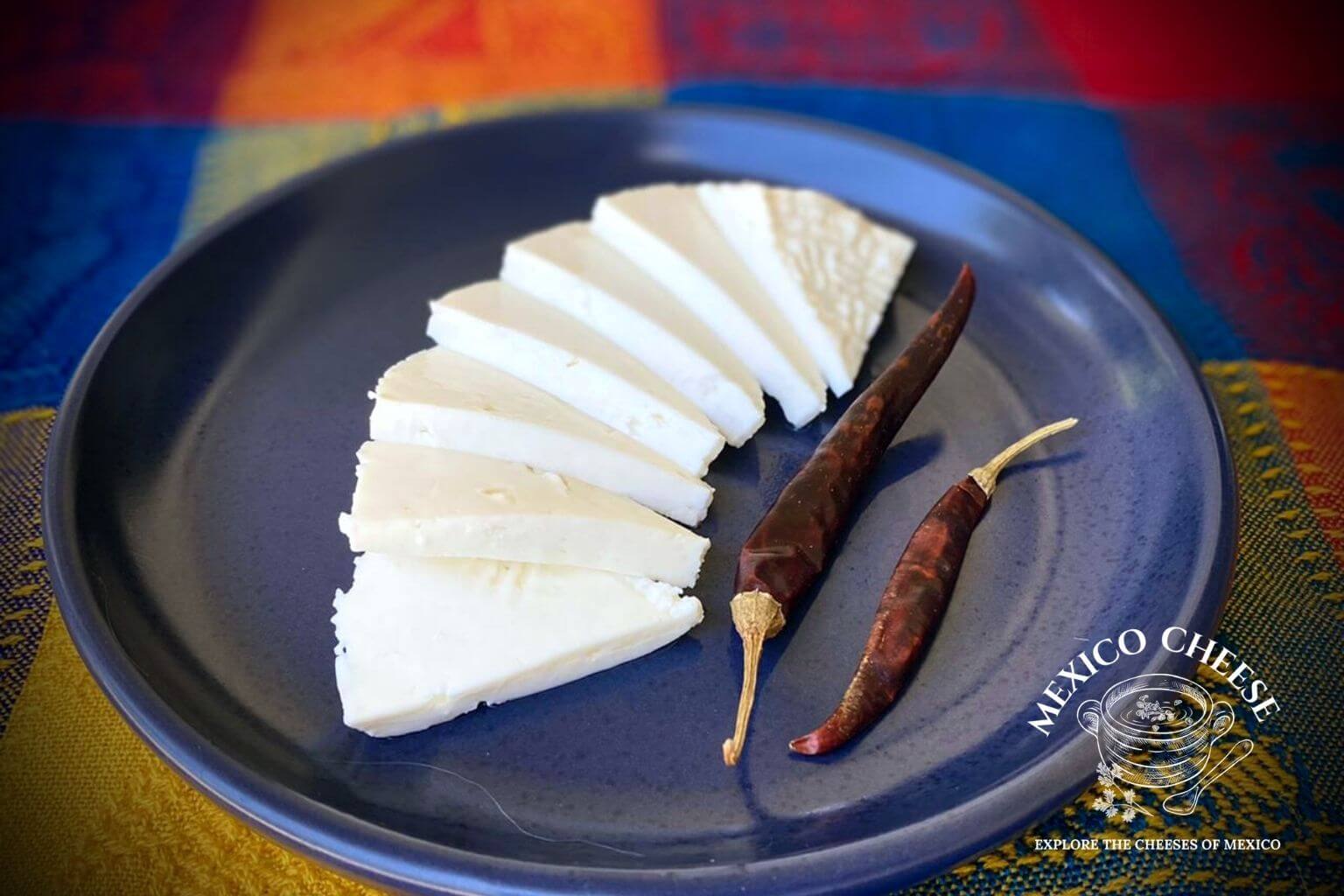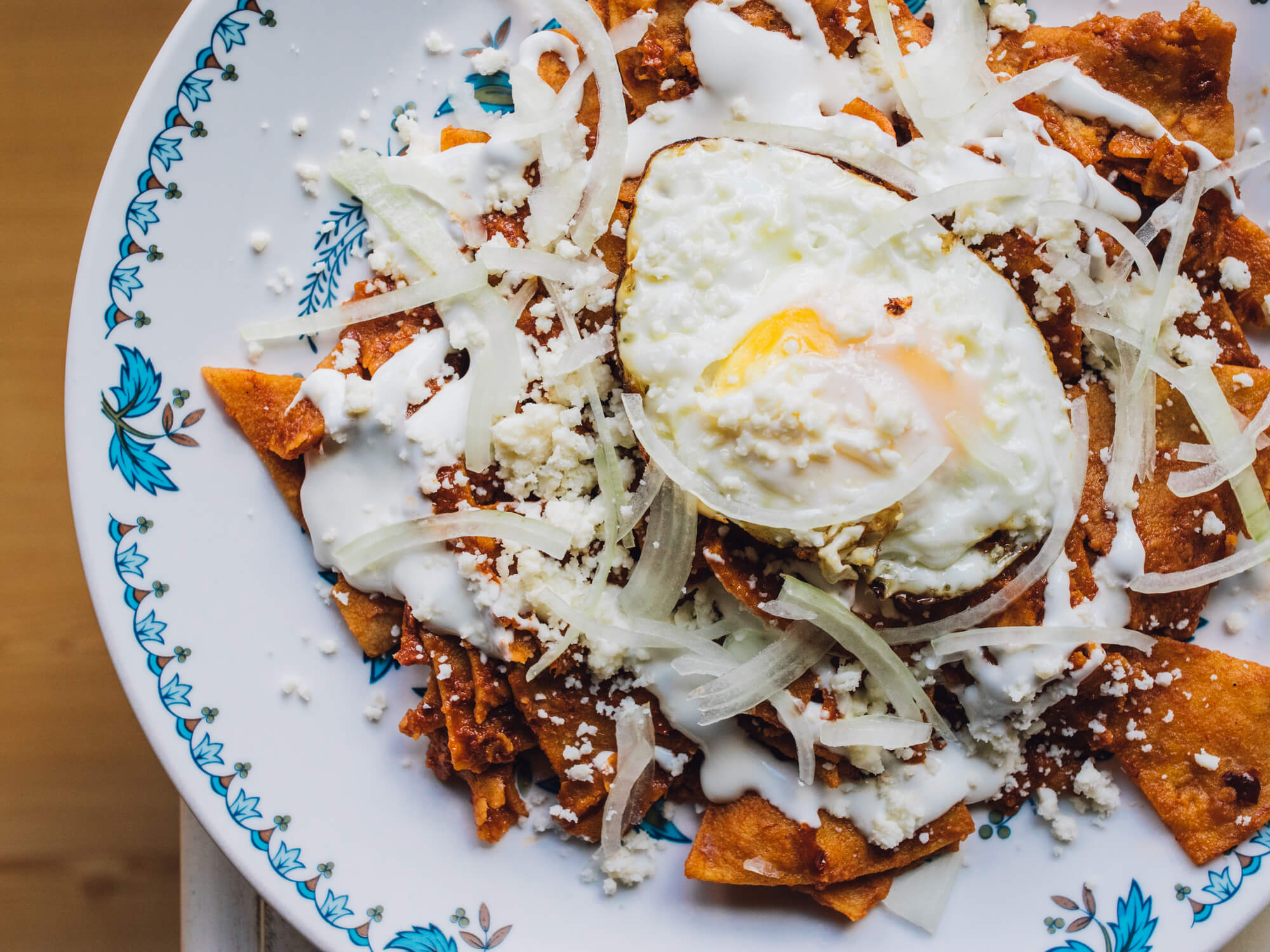Panela vs Queso Fresco
Contents
How to Use Panela Cheese and Queso Fresco in Your Cuisine
Cheese is one of the most popular food items in modern Mexican cuisine. Despite the fact that cheese and cheesemaking techniques were introduced to Mexico just over 500 years ago, it now seems inconceivable to imagine a Mexican kitchen without cheese.

Mexico claims 40 unique varieties of cheese as its own. They vary widely in both taste and texture. There are no rules about how to use these cheeses but their characteristics can guide you to finding just the right cheese for your dish.
Let’s do a comparison of two very popular types of Mexican cheese.
Panela Cheese vs Queso Fresco
What is Panela Cheese?
The actual origin of Panela (pronounced pa-NEH-lah) cheese in Mexico is unknown but it is thought to have been an adaptation of Greek “basket cheese” and has certain characteristics in common with Feta. Panela cheese is still commonly referred to as “queso canasta” or “queso de la canasta”. It takes this name from the baskets in which the cheese is commonly made and the unique pattern left on the exterior of the cheese after it has been pressed.

Panela is one of the most popular cheeses in Mexico and is widely produced and distributed throughout the country and internationally. It is the third most highly manufactured cheese in Mexico and millions of pounds of Panela cheese are consumed every year.
Typically, Panela is made with skimmed or low-fat milk, giving it a firm texture and a clean, milky flavor. In addition to being high in calcium, it is lower in fat than many other cheeses. Panela is among the lowest-calorie cheeses and it is high in protein.
Panela falls under the category of “fresh cheeses” and has a soft, spongy consistency. It is a white cheese with a fresh milky taste and a slightly salty aroma. The texture can range from a firm “cottage cheese” with the curd structure evident to a more dense, smooth consistency more commonly seen in industrially processed cheese.
Commercially produced Queso Panela has an almost rubbery consistency and seems to “squeak” when you bite into it. If you have ever eaten Canadian Poutine with cheese curds, you will be familiar with this unusual characteristic. In fact, Panela cheese is an excellent substitute for traditional cheese curds if you need to substitute them in a recipe.

Panela cheese has a mild, fresh milky flavor with a hint of salt. It is semi-soft and springy and can easily be sliced, cubed or shredded. This cheese is often diced or crumbled for salads, enchiladas and tacos.
However, the most notable quality of Panela cheese is its ability to stand up to high heat. The structure of Queso Panela allows it to be baked, fried or even grilled. The cheese will warm, soften and brown beautifully without breaking or running. Panela also does not lose its shape or exude any liquid or oil when heated.
What is Queso Fresco?
Queso fresco (pronounced KAY-so FRES-koe) translates literally to “fresh cheese”. The history of Queso fresco in Mexico begins with the Spanish who settled in the New World in the early to mid-1800s bringing with them their milk-producing livestock and their cheesemaking traditions.

Traditionally, Queso fresco was made during the rainy seasons in Central Mexico when green grass was abundant for the livestock to feed on. Queso fresco was a humble farmer’s cheese. It was and still is easy to make, requiring just a few ingredients. Queso fresco is still commonly made in many Mexican homes using techniques passed down from one generation to the next.
Traditionally, Queso fresco was made from either raw cow’s milk or a combination of cow and goat milk. Queso fresco is categorized as a “fresh cheese” and is meant to be consumed immediately without aging. However, cheesemaking was a great way to make use of the extra milk that was produced during the rainy season. Some cheese might be stored and consumed during the dry months.
Today, Queso fresco is one of the most popular Mexican cheeses and is mass-produced in Mexico and widely distributed in the United States. The cheese you find in supermarkets will be made from pasteurized cow’s milk.
Queso fresco is white and slightly salty. It is sometimes described as comparable in flavor and texture to a mild feta cheese. Like Feta, the texture is soft and spongy and crumbles easily. Queso fresco can also stand in the place of dry ricotta or even goat cheese although it may be slightly less tangy.

Like all Mexican fresh cheese, Queso fresco will heat up but not melt and become stringy. It will keep its shape but does exude quite a bit of liquid when heated and therefore is generally used to finish hot savory dishes at the end of cooking. You can melt it slowly, over low heat in order to make a dip or a sauce, but it may not incorporate completely.
There are salty varieties and non-salty varieties of Queso fresco. It is commonly used as part of the filling for chiles relleños, enchiladas, and burritos or used as a garnish to add a touch of creaminess to a dish. Since it is so naturally crumbly, Queso fresco is often used sprinkled over beans, esquites (street corn), enchiladas, egg dishes and grilled meats.
Queso Panela vs Queso Fresco – Differences and Similarities
How are Panela and Queso fresco the same or similar?
- Both Panela cheese and Queso fresco are Mexican fresh cheeses
- Panela and Queso fresco are white in color
- Queso fresco and Panela cheese are both mild and slightly salty
- Panela and Queso fresco are both semi-firm and break apart easily
- Queso fresco and Panela cheese both hold their shape when exposed to high heat
- Commercially produced Panela and Queso fresco are made from pasteurized cow’s milk
How are Panela and Queso fresco different?
- Traditionally, Panela cheese is made from 100% cows milk while Queso fresco can be made with a combination of cow’s and goats milk
- Panela cheese is commonly made with low-fat or skimmed milk while Queso fresco is made from full-fat milk
- Commercially produced Queso Panela is more smooth and uniform than Queso fresco
- Panela cheese is more rubbery in texture than Queso fresco
- Queso Panela is easier to slice and cube than Queso fresco
- Queso fresco is easier to crumble than Panela cheese
- Queso fresco will exude liquid when heated while panela cheese will not
Queso Panela and Queso fresco are both widely used in any number of traditional Mexican dishes. While they both fall into the same category of Mexican fresh cheeses, you can see that their culinary applications may differ.
As both Panela cheese and Queso fresco are inexpensive and readily available, we recommend you try both to see which is better for a particular dish.
